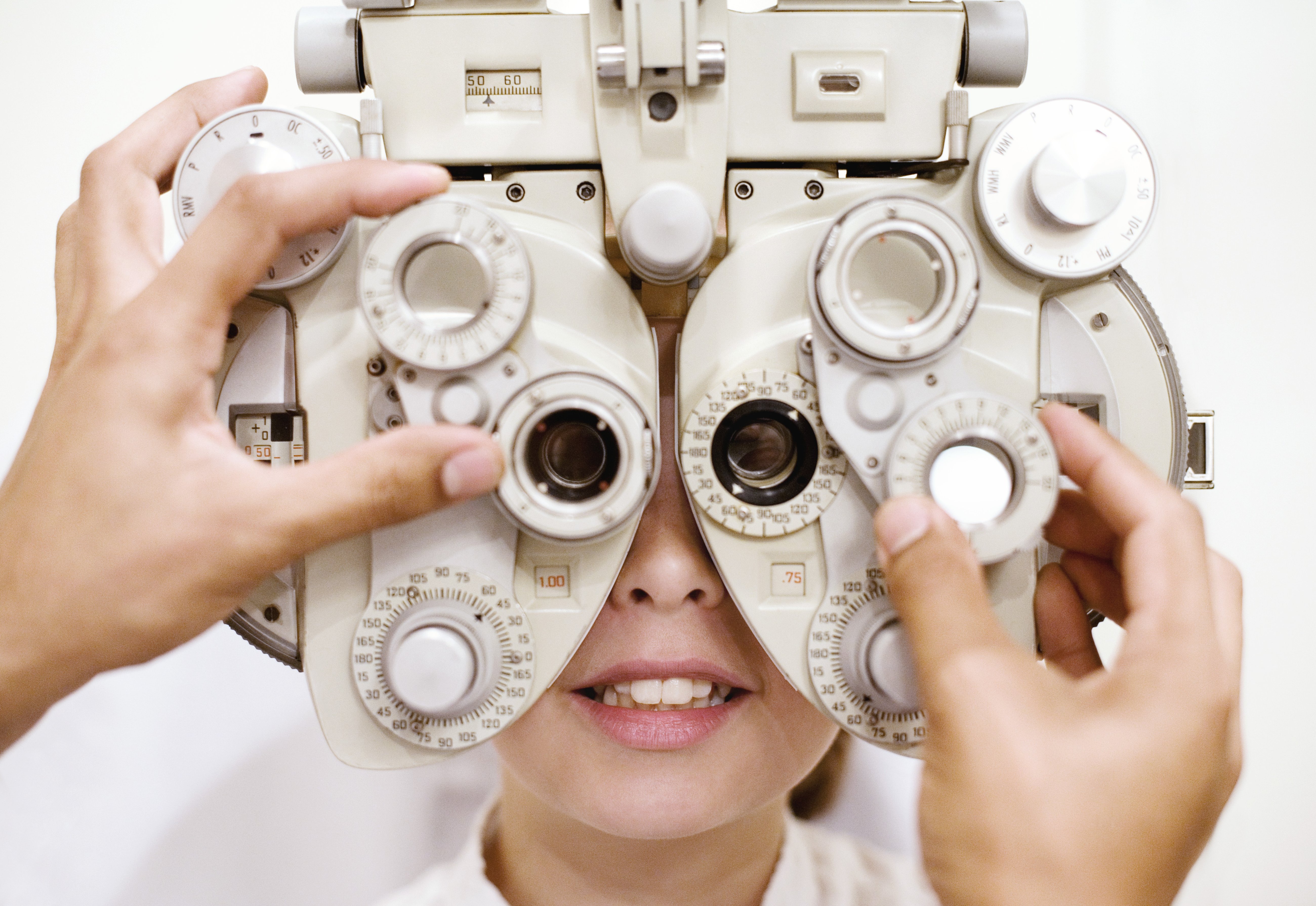 |
|
The substantial variation in manifest refraction measurements among different examiners in this study has prompted researchers to consider whether this parameter should be factored into treatment decisions. Photo: Getty Images. Click image to enlarge. |
The accurate assessment of manifest refraction holds a pivotal role in the comprehensive evaluation of patients afflicted with keratoconus. Because this gold standard is a fundamental parameter closely scrutinized by cornea specialists and is embedded in decision-making algorithms, manifest refraction offers critical insights into the condition’s progression and guides treatment decisions. However, the inherent subjectivity of the exam can introduce variation that has consequences for management decisions.
A recent study published in American Journal of Ophthalmology measured and compared the inter-examiner reproducibility between two optometrists in their refraction results for patients with keratoconus, in order to shed light on the assessment tool’s reliability. The researchers observed both clinically and statistically significant differences in cylinder measurements in manifest refraction between the two examiners, as well as subsequent corrected-distance visual acuity (VA) with these refractions. In the control group, only 1.7% of cases exhibited a difference of at least 1D (over 0.75D) between the measurements performed by the two optometrists. In the keratoconus group, this difference was observed in 33% of cases.
A total of 120 eyes of 60 patients were enrolled in the study, with 30 in the keratoconus group and 30 in the control group, which consisted of healthy individuals who wore spectacles and did not have keratoconus.
A difference of 0.67D and 0.19D in the absolute manifest cylinder was observed between the optometrists in the keratoconus and control groups, respectively. Multivariate analysis revealed a 22-fold higher likelihood of an error exceeding 0.75D in cylinder measurements (odds ratio; OR: 22.24) and a 10-fold likelihood of a difference of at least one row on the Snellen chart for correct-distance VA (OR: 10.32) in the keratoconus group.
“The severity of the disease, and specifically any evidence of deterioration, play a significant role in keratoconus treatment decisions and is a crucial factor when determining whether surgery is warranted,” the researchers wrote in their paper. “The substantial variation in manifest refraction measurements among different examiners in these patients prompts us to consider whether this parameter should be factored into treatment decisions.” They go on to note that the Belin ABCD grading system has proven its reliability in keratoconus patients and then speculate that perhaps workups should emphasize objective measures such as this a bit more.
“It is not uncommon for deterioration in any of these measured corneal parameters to prompt a corneal specialist to consider surgical intervention. Even recently published algorithms for deciding on corneal crosslinking take into account the refractive error as measured by manifest refraction,” they noted. “In our technologically advanced world, which is in a state of constant development, it may be necessary to place greater reliance on objective tests to make treatment decisions.”
Mahler S, Einan-Lifshitz A, Shemer A, et al. Reproducibility of manifest refraction in patients with keratoconus compared with healthy subjects: a prospective cohort study. Am J Ophthalmol. April 24, 2024. [Epub ahead of print]. |


